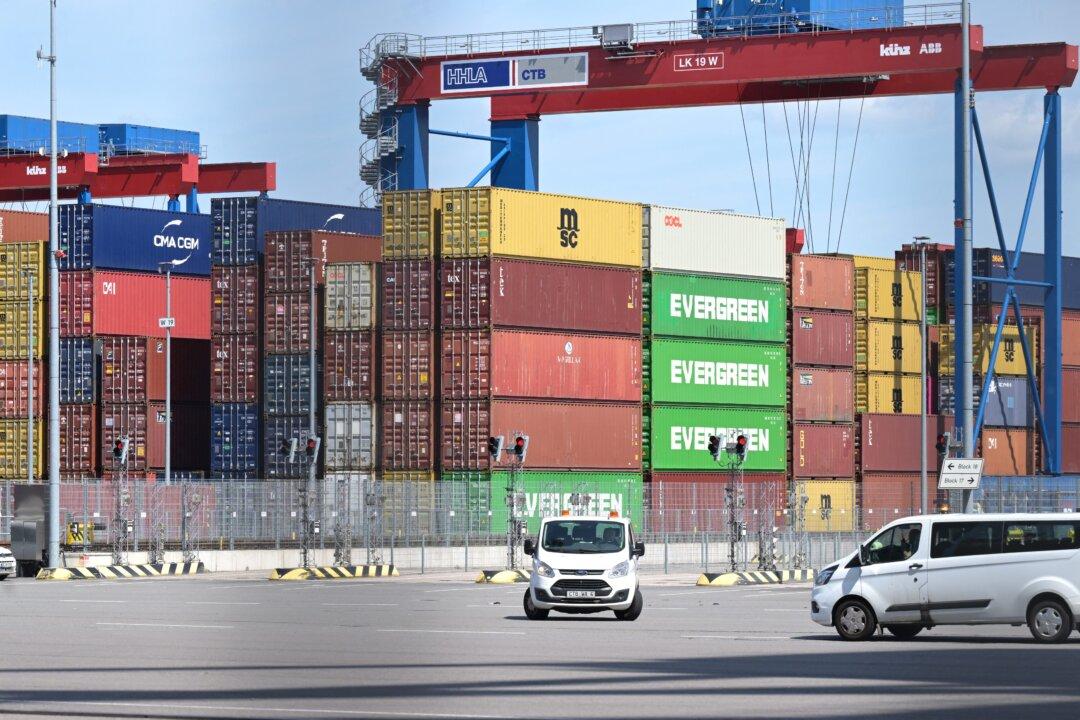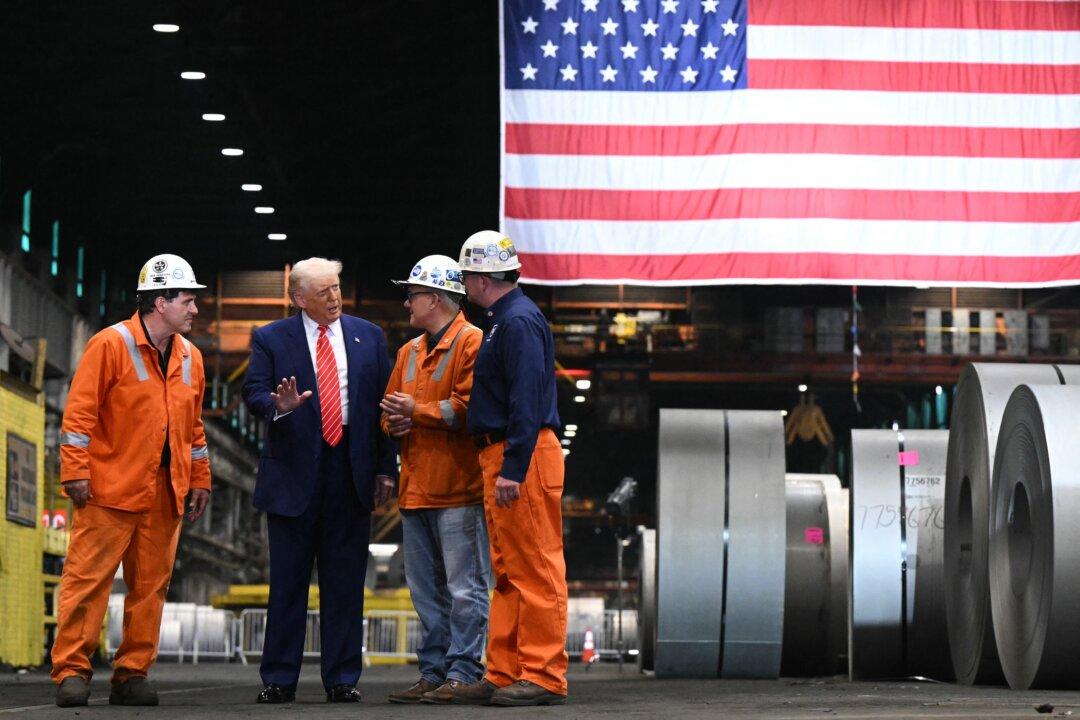President Donald Trump has announced 30 percent tariffs on imports from the European Union and Mexico, to go into effect on Aug. 1, a deadline that applies to a bevy of reciprocal tariffs that Trump said he’s imposing on many of the United States’ trading partners to address long-running trade imbalances and other factors.
In letters posted on social media on July 12, Trump said that the two trading partners had for years imposed various tariffs and nontariff trade barriers on the United States and that the duties they now face seek to correct that imbalance.
The president said that both the European Union (EU) and Mexico would face higher levies if they retaliate by raising their trade barriers against the United States. He highlighted the need to lower or eliminate U.S. trade deficits with both trading partners as a matter of economic and national security.
This week, Trump sent similar letters to more than 20 other U.S. trading partners—including Canada, Japan, and Brazil—imposing blanket tariffs of between 20 percent and 50 percent.
Trump said that he might consider adjustments to the tariff rate if Mexico lowers its trade barriers against the United States and if it’s successful in challenging the cartels and stopping the flow of fentanyl.
Also, just like he did in his missive to Mexican President Claudia Sheinbaum, Trump told European Commission President Ursula von der Leyen in his letter that the tariff rate may be modified—upward or downward—based on developments in the United States’ relationship with the EU.
The EU had aimed for at least a preliminary deal to avoid becoming the next target of a Trump tariff letter, and there had been signs of progress in talks after the U.S. president backed off a threat of 50 percent tariffs.
“At the same time, we will take all necessary steps to safeguard EU interests, including the adoption of proportionate countermeasures if required,” she said, adding that the 30 percent tariff Trump has announced would disrupt transatlantic supply chains to the detriment of both the EU and the United States.
Tariff-Driven Trade Reset
Trump has made reducing trade deficits a key objective of his administration’s policies.Since returning to the White House for a second term, Trump has imposed a universal 10 percent “baseline” tariff on U.S. trading partners, alongside reciprocal tariffs announced in April that vary depending on each country’s trade barriers with the United States. Initially, he applied a 90-day pause on most of these reciprocal tariffs and later extended that reprieve to Aug. 1 through an executive order.
Over the past week, Trump has sent letters to more than 20 U.S. trading partners, notifying them of the tariff rates they’ll face on exports to the United States if they fail to reach trade deals with his administration.
Speaking to NBC’s “Meet the Press” on July 10, Trump warned that any remaining countries that have not yet received letters or entered into negotiated trade deals with the United States will face blanket tariff rates.
“We’re just going to say all of the remaining countries are going to pay, whether it’s 20 percent or 15 percent. We’ll work that out now,” he told moderator Kristen Welker in a phone interview.
Countries have until Aug. 1 to negotiate trade agreements or face whatever tariff levels are set by the United States, Trump said.
Trump said that in addition to addressing what he describes as unfair trade relationships, he aims to significantly increase government revenue through his tariff policies.
“The big money will start coming in on Aug. 1. I think it was made clear today by the letters that were sent out yesterday and today,” Trump said during a July 8 Cabinet meeting.
The record $27 billion in tariff revenue collected in June helped push total tariff receipts since October 2024 to $108 billion—the highest ever recorded for the first nine months of a fiscal year.







